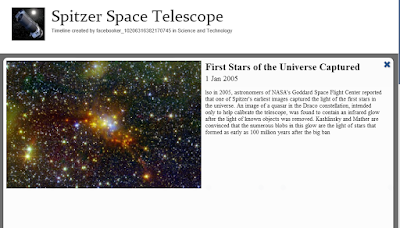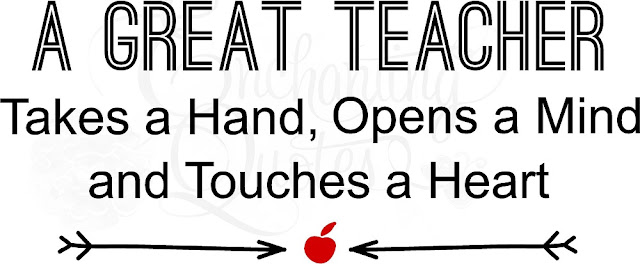I have learned so much over the course of this semester about teaching Science to Elementary students. At the beginning of the semester I was nervous and stressed and by the end I can honestly say that I am excited to teach Science!
One important thing I learned a lot about in this class was self and peer reflections.As a future teacher, self-reflection
offers an opportunity to think about what works and what doesn’t work in a
classroom. Teachers can use reflective teaching in order to analyze and
evaluate our own practices so we can focus on the primary strategies that work.
Teaching strategies can always be improved and it is important to reflect in
order to figure out what can and needs to be improved and how. If I am
constantly reflecting and trying to become a better teacher it will reflect and
others will be able to see how passionate I am about my career and about my
students. A good teacher is a teacher that will do anything and work hard to
ensure that their students are learning. In addition, I think it is important
to be open to other opinions, criticism and positive feedback rather than
taking it negatively. Feedback and reflection motivates change and improvement! At the beginning of this class I took feedback very negatively. I felt personally attacked and as upset when I got feedback but this greatly changed by the end of the semester. I learned how important feedback is and now look to get it in order to help improve myself!
Another part that I was extremely nervous about in this class, was teaching in front of a full class by myself. Not only did we teach in front of a 5th grade class, we also taught in front of our whole Science Methods Class, the teacher of the 5th Grade class and Dr. Smirnova. In addition the students were taking notes and making observations to give us feedback afterwards. The first day I thought that everyone was just picking on the first group that went and was tearing them apart but this wasn't true they were helping them and in their next lesson they already showed so much improvement. The feedback was also helpful in informing my groups instruction as well. I have worked with children since I was only 14 years old and have been around children my whole life. I have devoted my life to spending time with kids and have worked as a full time babysitter for over 5 years now. Through this experience I became increasingly comfortable around children and have discovered me love for helping them and motivating them. Teacher is absolutely my future career and is also my passion. I remembered this when I finally had my turn to go up in front of the classroom to teach. I couldn't believe the feeling I had. I was scared but excited at the same time. I have found where I want to be and I cant wait for the day I am actually a teacher!
I will be student teaching next spring and this class has taught me so much. I got experience with creating an efolio and working on edTPA templates. I learned how to incorporate technology in my projects and in my lesson plans to use in my future classroom and I have learned each day ways to become a better teacher.
In addition I got experience with all different types of teaching
instruction. Overall my favorite type of instruction so far is cooperative
learning within smaller groups. I love being able to present a project and
information to students and watching them utilize the information to create a
project or figure out an answer within their group. I feel that it encourages
problem solving and independence of the teacher. In this way I can walk around
the classroom and work individually with different groups and assess their
learning and participation. With cooperative learning it is important to
incorporate the 5 PIGS: Positive interdependence, Individual accountability,
group processing, social skills and face to face interaction in order to make
sure that each person is participating! I also prefer small group because it
may get chaotic and confusing if students are working in one big group or as a
whole class in cooperative learning. I think it is important to incorporate all
different learning styles within the classroom. I can experiment with different
types of instruction in order to expand my teaching strategies. In addition,
classroom observations, forums, websites and other sources can be helpful in
learning about different approaches of instructions. I have found that
Pinterest is a great website to find ideas for projects that incorporate
thinking skills, crafty approaches and problem solving.
I am sad for this class to be over, because as the time continued I began to enjoy it more and more. I made so many great friends that will someday be amazing teachers and I had a great teacher that has motivated us all to work hard and pushed us to do our best. However, ever end is a new beginning. I am excited for my new journey. I have a new outlook on teaching now and am excited for my future experiences. This class was definitely a long journey, but the view at the end was the most rewarding. I am ready... and determined. I have been determined and with a lot of effort I was able to get through it all. I can honestly say that I learned so much from this class. I can't believe how far I have come over the semester.
Here are the links to my comments on other blogs!
Here are the links to my comments on other blogs!
Amanda Luciano:
Alyssa Benincasa:
Melissa Kelly:
Keilani Wilheim:
Science in the News & Tradebooks 












































